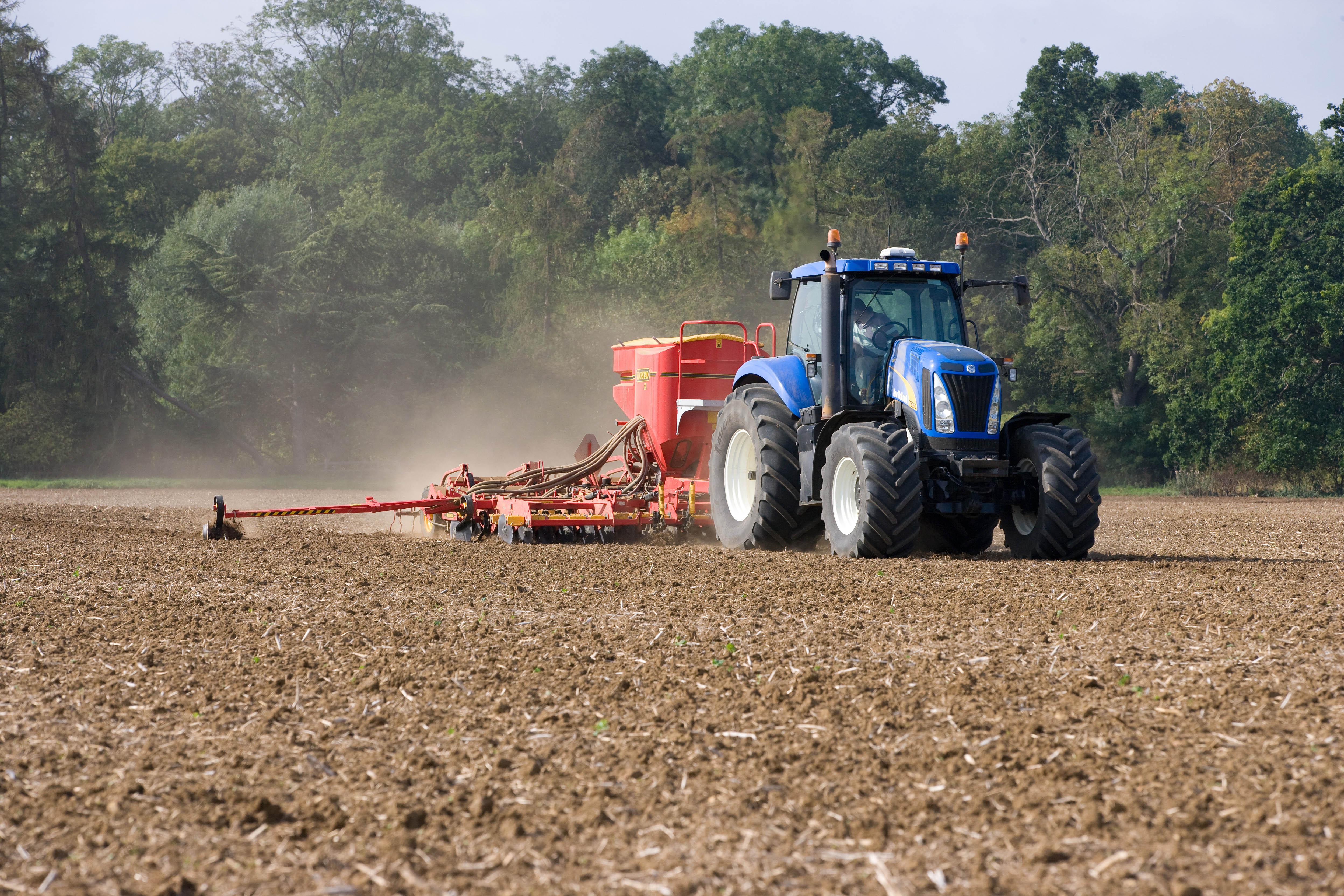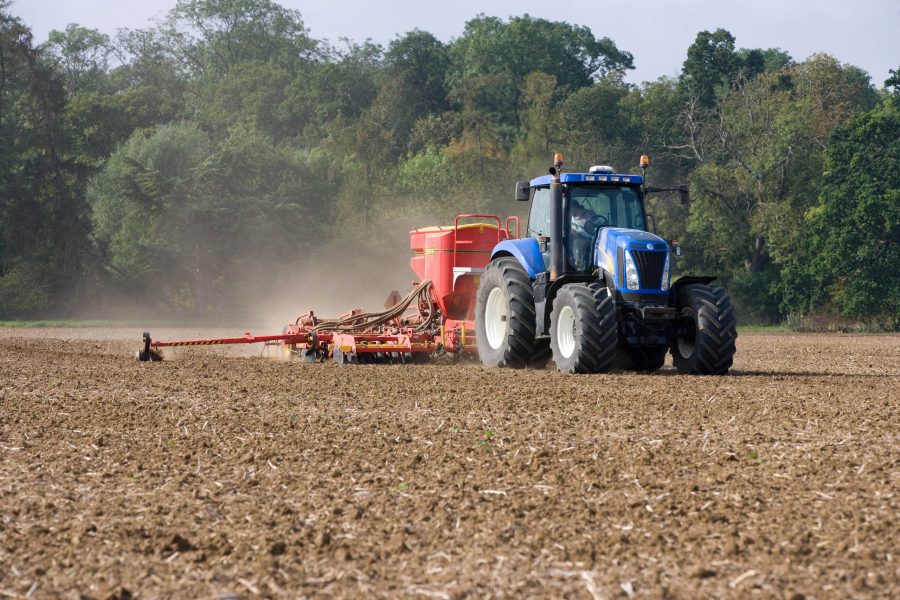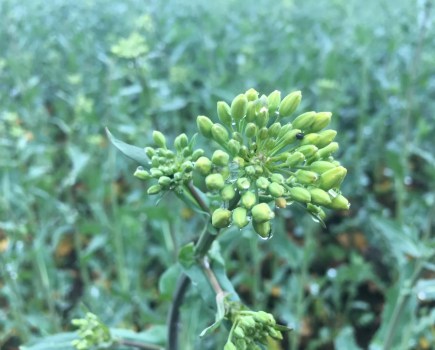 Heavy rains that interrupted autumn drilling could also further compromise pre-emergence herbicide applications. Growers should now consider options for peri-emergence treatments to target early grass weed control. Charlotte Cunningham reports.
Heavy rains that interrupted autumn drilling could also further compromise pre-emergence herbicide applications. Growers should now consider options for peri-emergence treatments to target early grass weed control. Charlotte Cunningham reports.
Syngenta technical manager, Georgina Wood, says pre-emergence applications made as soon as possible after drilling have been shown to consistently achieve optimum results. “But if weather conditions mean that’s not been possible, there’s still the chance to make a significant difference to grassweed populations with peri-emergence treatments this autumn.”
For most growers the priority remains getting fields drilled, particularly after the difficult experiences of last autumn, but losing focus on grassweed control could cause future headaches, she warned.
With relatively warm soils crops are emerging rapidly, which limits the opportunity for pre-em treatments. Furthermore, with the recent and forecast of heavy rain, some growers and agronomists may have scaled back pre-em herbicide stacks.
“Where pre-em treatments have been reduced or missed, it will really focus the attention on getting the best possible results from Defy-based peri-em applications.
“The positive is that there is good soil moisture to optimise efficacy and follow up treatments will give prolonged residual activity against later germinating blackgrass seedlings.”
Research at the Barton Blackgrass Innovation Centre have shown early treatment of grassweeds remains essential to avoid effects on yields, along with the build-up of populations for the future.
“With any peri-em application care must be taken as crops are unlikely to be frost hardened at this time of year,” points out Georgina. “It’s best, where possible, to avoid treating crops under stress, such as water logging or being influenced by highly fluctuating temperatures.
“The timing and application techniques of peri-em treatments will be crucial this season.”
Where crops have yet to be drilled and pre-emergence herbicides can still be applied, Georgina says that seed should be drilled at a depth of at least 30mm, in case of heavy rain after application.
“If the forecast is bad then reducing herbicide rates or the number of actives in the pre-em stack and following up with a peri- or later post-emergence application could also be considered, but mindful that application opportunities could be fewer as the season progresses.”




